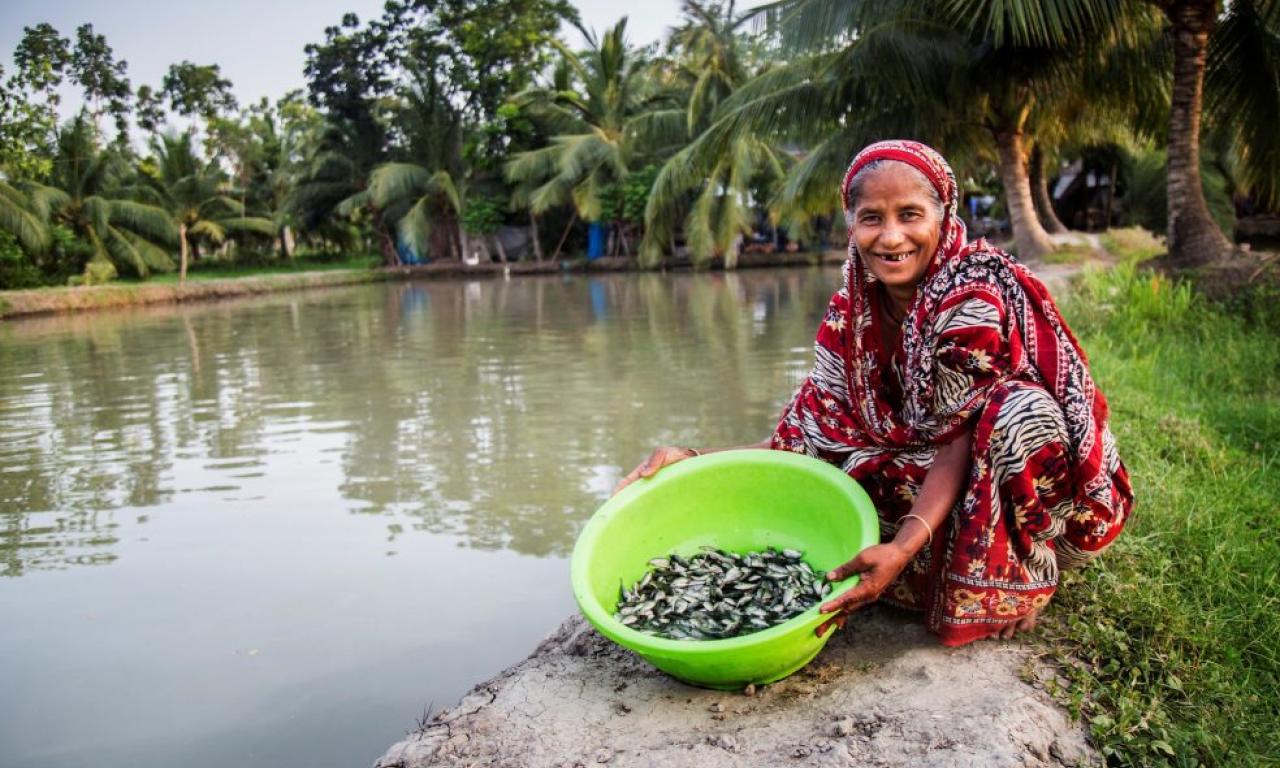
The significance of aquatic foods for human nutrition, health, and livelihoods is increasingly recognized by and for people around the world, especially in low- and middle-income countries. However, aquatic food systems, including fisheries and aquaculture, do not equally benefit people who are engaged in and rely on it.
The significance of aquatic foods for human nutrition, health, and livelihoods is increasingly recognized by and for people around the world, especially in low- and middle-income countries. However, aquatic food systems, including fisheries and aquaculture, do not equally benefit people who are engaged in and rely on it.
This topic focuses on the Gender and the Political Economy of Fish Agri-food Systems in the Global South chapter in the recently published Routledge Handbook of Gender and Agriculture.
The chapter brings together insights from current literature on small-scale and commercial fisheries and aquaculture to surface the experiences, opportunities, and challenges for women and men in these sectors.
“While both commercial and small-scale fisheries and aquaculture are critically important, they are both crosscut by macro- and micro-patterns of social and gender inequalities and inequities,” said lead author Surendran Rajaratnam, a post-doctoral fellow with WorldFish.
“We found the sector’s engagement with gender is limited. Studies reported women’s contributions, including the labor they provide, are undercounted in data, which leads to gender-biased or gender-blind policies affecting women and men differently. By not counting women, funding and investment may not reach the economic sectors where they are concentrated.”
“In spaces where gender is engaged, it tends to stop at a focus on the roles of women and men, targeting women only and tending to view them as a homogenous group. The scale of analysis was also limited to the micro-level,” he said.
The research highlights that insufficient recognition of gender and social dynamics, restrictive social norms, and gender-blind policies prevent vulnerable and less powerful women and men from equitably participating in and benefiting from the sector.
“Critical gender analysis is important; otherwise, various groups of women and men could be further pushed into situations of greater economic and social vulnerability if the risks highlighted in the chapter are not explicitly addressed,” said Rajaratnam.
